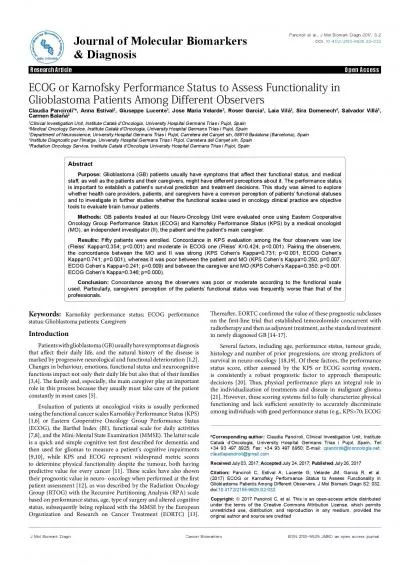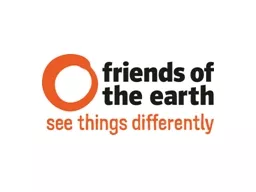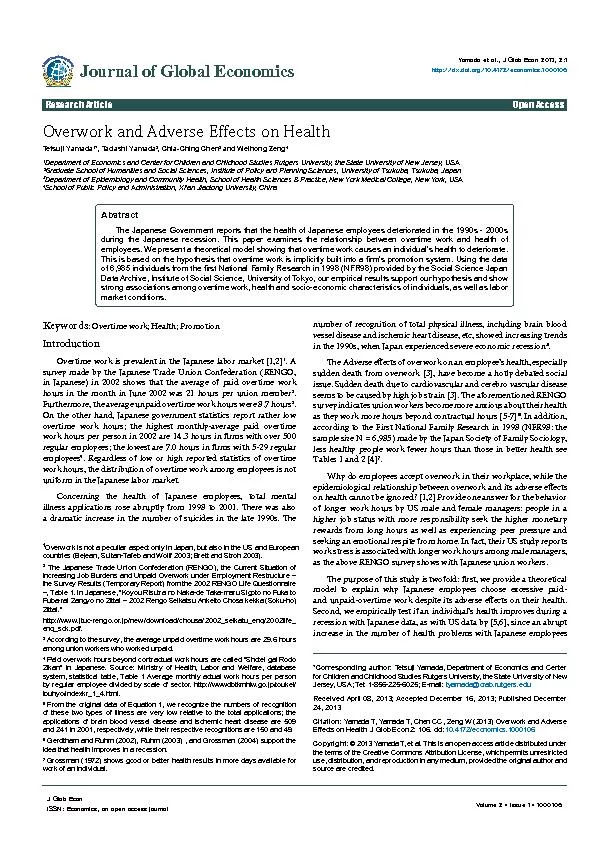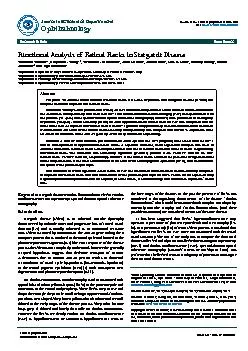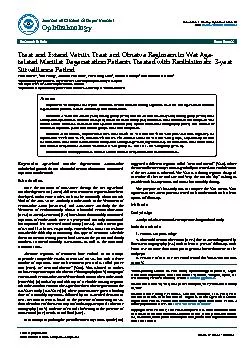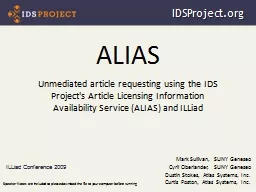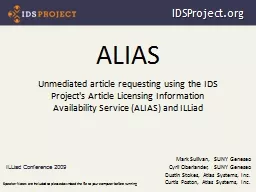PDF-Research Article
Author : davies | Published Date : 2022-09-07
Panciroli et al J Mol Biomark Diagn 2017 S2 10417221559929S2032 Cancer Biomarkers Journal of Molecular Biomarkers Journal of Molecular Biomarkers DiagnosisISSN 21559929 d146Onco
Presentation Embed Code
Download Presentation
Download Presentation The PPT/PDF document "Research Article" is the property of its rightful owner. Permission is granted to download and print the materials on this website for personal, non-commercial use only, and to display it on your personal computer provided you do not modify the materials and that you retain all copyright notices contained in the materials. By downloading content from our website, you accept the terms of this agreement.
Research Article: Transcript
Download Rules Of Document
"Research Article"The content belongs to its owner. You may download and print it for personal use, without modification, and keep all copyright notices. By downloading, you agree to these terms.
Related Documents

